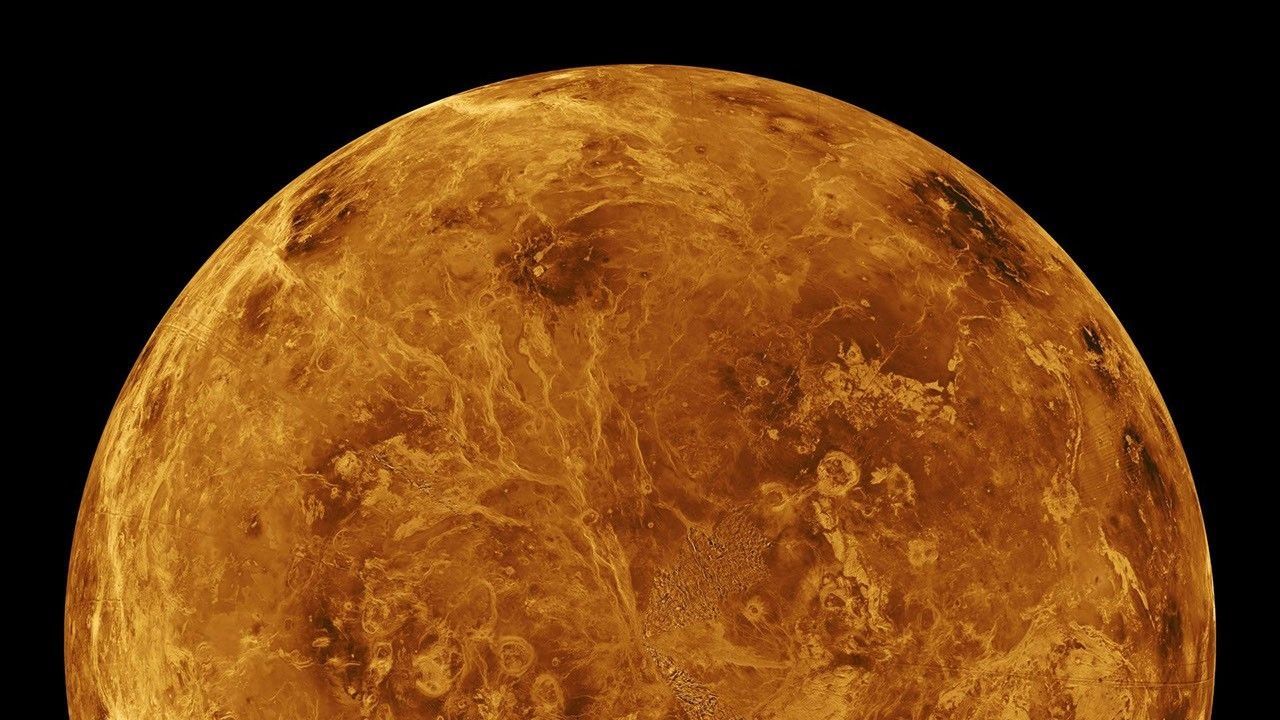The long-standing mystery surrounding Venus’ unique crown-like geological features, known as coronae, may have found an explanation. A recent study proposes that a “glass ceiling” in Venus’ mantle is trapping heat and driving slow, shifting currents, which could lead to the formation of these distinctive surface features. This research, published on September 16, 2023 in the journal PNAS, suggests that scientists are closer to understanding the geological processes that shape this enigmatic planet.
Lead author Madeleine Kerr, a doctoral candidate at the Scripps Institution of Oceanography in San Diego, emphasized the significance of their findings. “On Venus, there is a pattern that is telling us something,” she stated. “We think what we found is the key to unlocking the mystery of the origin of these coronae.”
Venus and Earth are often referred to as “twin” planets due to their similar size, bulk density, and proximity to the sun. Despite these similarities, the two planets have evolved in vastly different ways. The presence of coronae, which are exclusive to Venus, highlights one of these key differences. Researchers have identified over 700 coronae across Venus’ surface, which vary significantly in size and features, yet their origins remain poorly understood.
Some hypotheses suggest that the larger coronae—those exceeding 310 miles (500 kilometers) in diameter—are linked to mantle plumes and tectonic processes such as subduction. Conversely, smaller coronae, averaging about 124 miles (200 kilometers) in diameter, may result from minor hot upwellings in the mantle. Despite these theories, establishing a unifying explanation has proven challenging.
According to David Stegman, a professor of geosciences at the Scripps Institution, the current understanding of Venus is comparable to the pre-plate tectonic era on Earth. “We currently lack an equivalent unifying theory capable of linking how heat transfer from the planet’s interior gets manifested into the tectonics and magmatic features observed on Venus’ surface,” he explained.
The research team suggests their new findings may provide a crucial piece of this complex puzzle. They propose that cold material sinking from the surface and hot material rising from deeper layers encounter a barrier at a depth of about 370 miles (600 km). This barrier, referred to as a “glass ceiling,” prevents most rising hot plumes from breaking through, causing them to spread sideways beneath it. Only the largest plumes can reach the surface, forming the massive volcanic rises observed on Venus.
The material trapped beneath this ceiling retains heat but does not melt, acting as a hidden reservoir of thermal energy within the mantle. “This layer of warm fluid trapped between 600 to 740 km [370 to 460 miles] depth provides a global source of smaller-scale thermal instabilities,” the researchers noted in their study.
Using computational models, the team demonstrated how these small-scale plumes beneath Venus’ crust could form naturally. A cold “drip” of rock from the base of Venus’ stagnant crust cools and becomes denser, eventually sinking into the hotter mantle below. This process triggers a chain reaction that pushes up pockets of hot rock, which could lead to the creation of coronae.
Previously, researchers simulated how coronae and volcanoes form by starting their models with hot blobs already in place beneath the lithosphere. This new research has advanced understanding by proposing a plausible natural origin for these initial conditions. As secondary plumes rise and interact with the mantle, they could contribute to the variety of crown-shaped coronae seen across Venus’ surface.
The study indicates that this mechanism is most effective when the mantle is between 250 to 400 kelvins hotter than Earth’s. Nevertheless, the duration of this elevated temperature state remains uncertain.
The team cautions that further research is necessary to build on their findings. Future studies should focus on modeling plume dynamics in three dimensions, considering melting processes both beneath the surface and at the surface, and incorporating different mantle compositions. Such efforts will enhance understanding of how Venus’ interior heat and movements shape its coronae, volcanic activity, and overall surface features.







































































